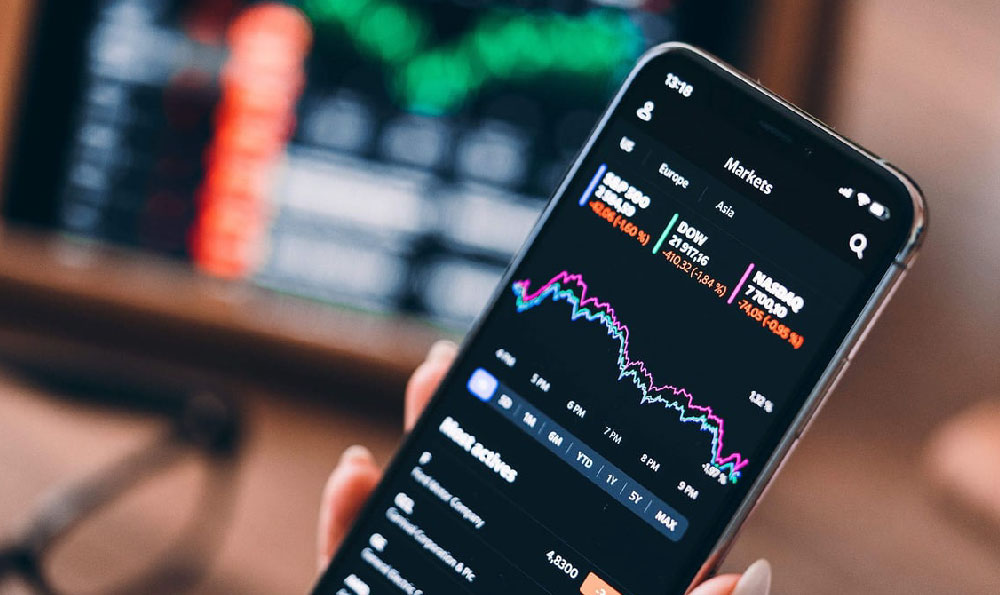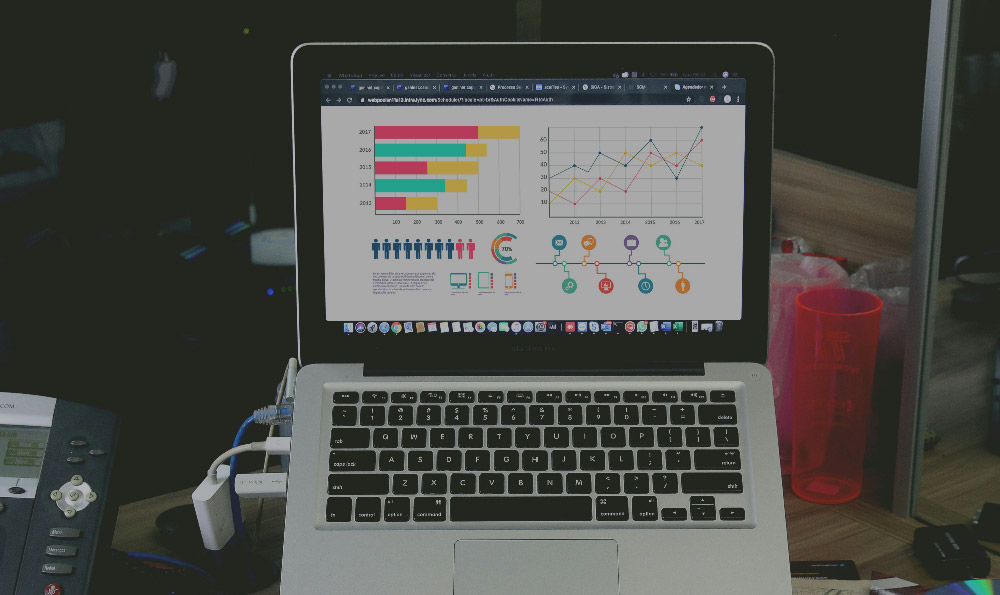
Bitcoin mining, a fundamental process that underpins the entire Bitcoin network, involves verifying and adding new transaction records to the blockchain. Miners dedicate substantial computational power, using specialized hardware, to solve complex cryptographic puzzles. Successfully solving these puzzles allows a miner to add a new block of transactions to the chain and, crucially, earn a reward in the form of newly minted Bitcoins, plus transaction fees associated with the transactions included in that block. Understanding the earning potential of Bitcoin mining is a complex undertaking, contingent on a multitude of factors that fluctuate constantly.
One of the most significant factors influencing mining profitability is the Bitcoin price. The reward for successfully mining a block is denominated in Bitcoin. Therefore, if the price of Bitcoin surges, the value of that reward, measured in fiat currency like USD or EUR, increases proportionally. Conversely, a decline in Bitcoin's price directly impacts the revenue generated from mining. This inherent volatility in Bitcoin's price makes predicting long-term mining profitability inherently challenging.
The mining difficulty is another crucial determinant. The Bitcoin network is designed to maintain an average block time of approximately 10 minutes. To ensure this consistency, the network automatically adjusts the mining difficulty roughly every two weeks. As more miners join the network, the difficulty increases, making it more computationally intensive to solve the puzzles and find a new block. Conversely, if miners leave the network, the difficulty decreases. A higher mining difficulty translates to lower individual earning potential, as miners must compete with more computing power to find a block.

The cost of electricity is arguably the most critical operational expense for Bitcoin miners. Mining requires specialized hardware that consumes significant amounts of electricity. The profitability of mining is directly tied to the price miners pay for electricity. Miners located in regions with low electricity costs have a distinct competitive advantage. For instance, regions with access to renewable energy sources, like hydro or solar power, often offer significantly lower electricity rates, making mining operations more viable. Conversely, miners operating in regions with high electricity costs may find it difficult to achieve profitability, particularly when Bitcoin prices are low or the mining difficulty is high.
The specific mining hardware used also plays a pivotal role. Application-Specific Integrated Circuits (ASICs) are the most efficient and powerful hardware currently available for Bitcoin mining. These specialized machines are designed specifically for the task of solving cryptographic puzzles, offering significantly higher hash rates (a measure of computational power) compared to general-purpose computers. However, ASICs are also expensive, and their performance can become obsolete relatively quickly as newer, more efficient models are released. Therefore, miners must carefully consider the upfront cost of hardware, its energy efficiency, and its expected lifespan when evaluating profitability. The hash rate of the hardware compared to the overall network hash rate determines the probability of solving a block. A higher personal hash rate compared to the network increases the chances of earning block rewards.
Beyond electricity and hardware costs, miners incur other expenses, including cooling costs (to prevent overheating of the hardware), maintenance costs (to repair or replace faulty equipment), and potential hosting fees (if the miner uses a colocation facility to house their mining equipment). These overhead expenses, though often smaller than electricity costs, can still significantly impact overall profitability, particularly for smaller-scale mining operations.
Mining pools play a crucial role for many miners. Given the high difficulty of mining Bitcoin, it's often more profitable for individual miners to join a mining pool. A mining pool is a cooperative group of miners who combine their computational power to increase their chances of finding a block. When the pool successfully mines a block, the reward is shared among the pool members proportionally to their contributed hash rate. Joining a pool provides more consistent, albeit smaller, payouts, reducing the variability of earnings. However, mining pools charge fees for their services, which also need to be factored into the profitability calculation.
Finally, regulatory changes can significantly impact mining profitability. Regulations regarding cryptocurrency mining vary widely across different jurisdictions. Some countries are supportive of Bitcoin mining and offer favorable regulatory environments, while others have imposed restrictions or outright bans. Changes in regulations, such as increased taxes on cryptocurrency mining or stricter environmental regulations regarding energy consumption, can significantly affect the cost of mining and, consequently, its profitability.
To assess potential profitability, miners often use online mining calculators. These calculators allow users to input their electricity cost, hardware specifications (hash rate and power consumption), and the current Bitcoin price and mining difficulty to estimate potential earnings. However, it's crucial to remember that these calculators provide only estimates based on current conditions. The rapidly changing nature of the Bitcoin network and cryptocurrency markets makes it impossible to predict long-term profitability with certainty.
In conclusion, the earning potential of Bitcoin mining is a dynamic and complex calculation. It's influenced by a multitude of factors, including the price of Bitcoin, the mining difficulty, electricity costs, hardware efficiency, operating expenses, mining pool fees, and regulatory changes. While it's possible to estimate potential earnings using mining calculators, the inherent volatility of the Bitcoin network and cryptocurrency markets means that mining profitability can fluctuate significantly. Potential miners should carefully consider all of these factors and conduct thorough research before investing in Bitcoin mining, recognizing that it is a high-risk, high-reward activity. Due diligence and continuous monitoring of market conditions are essential for maximizing profitability and mitigating potential losses.




